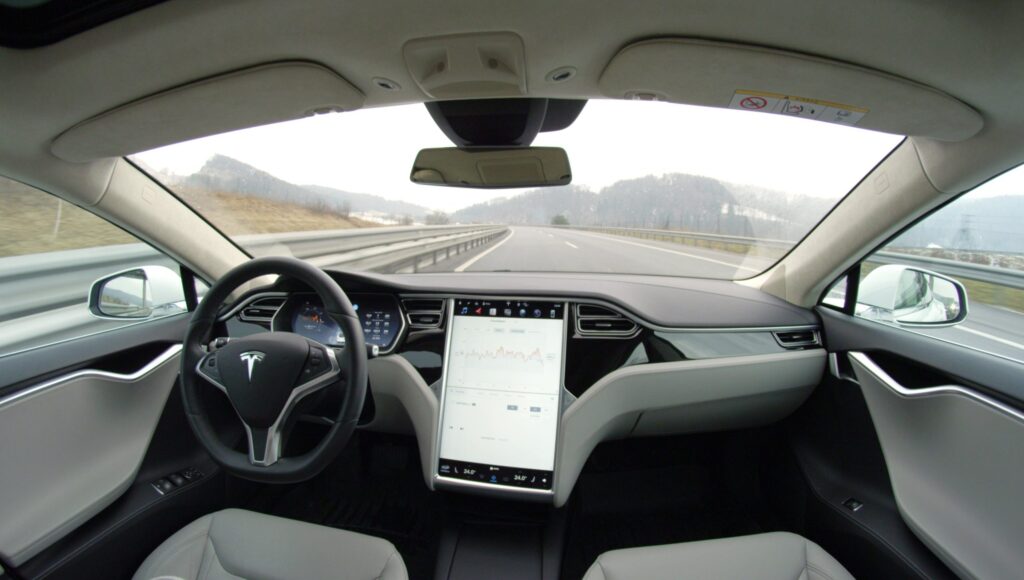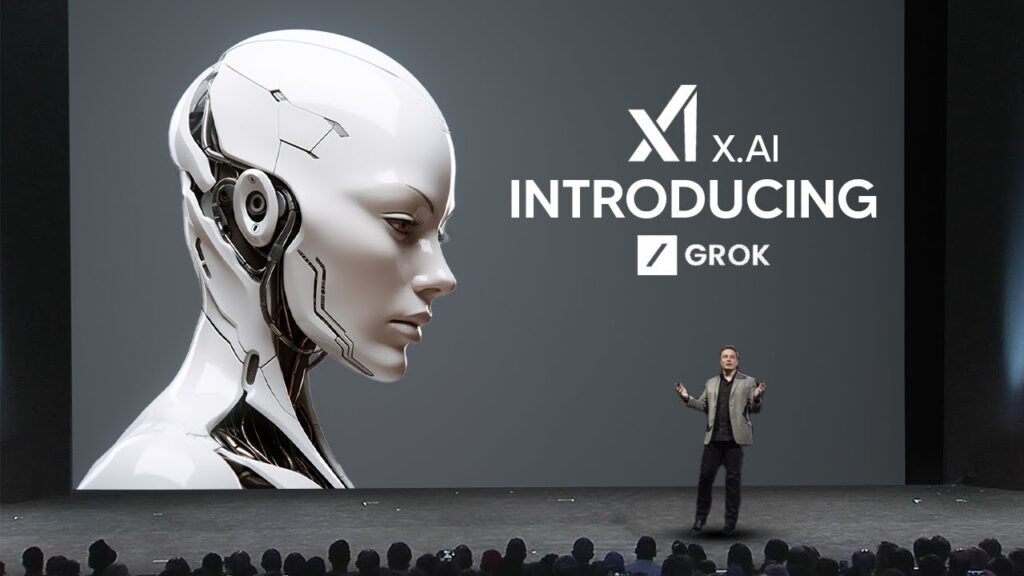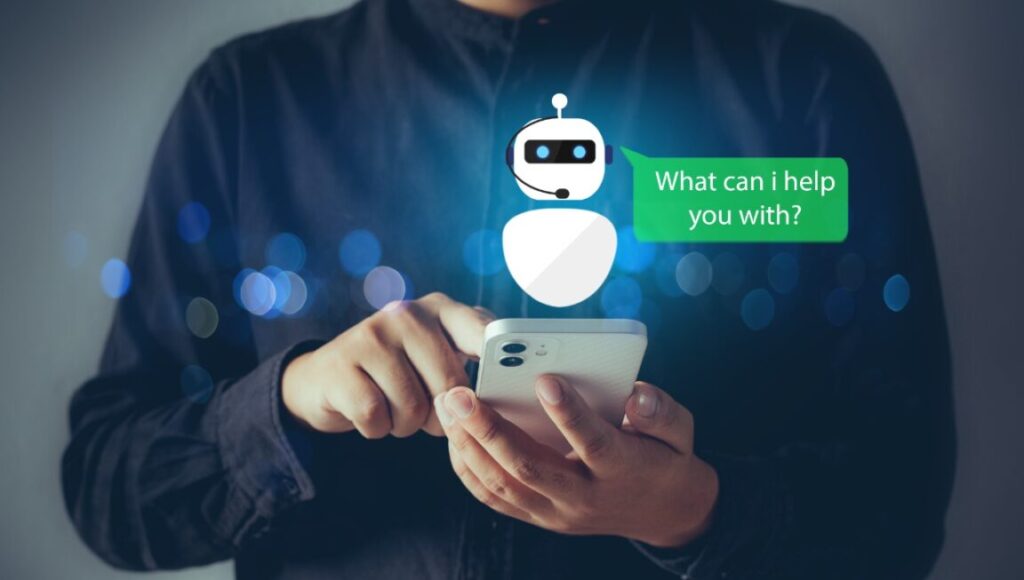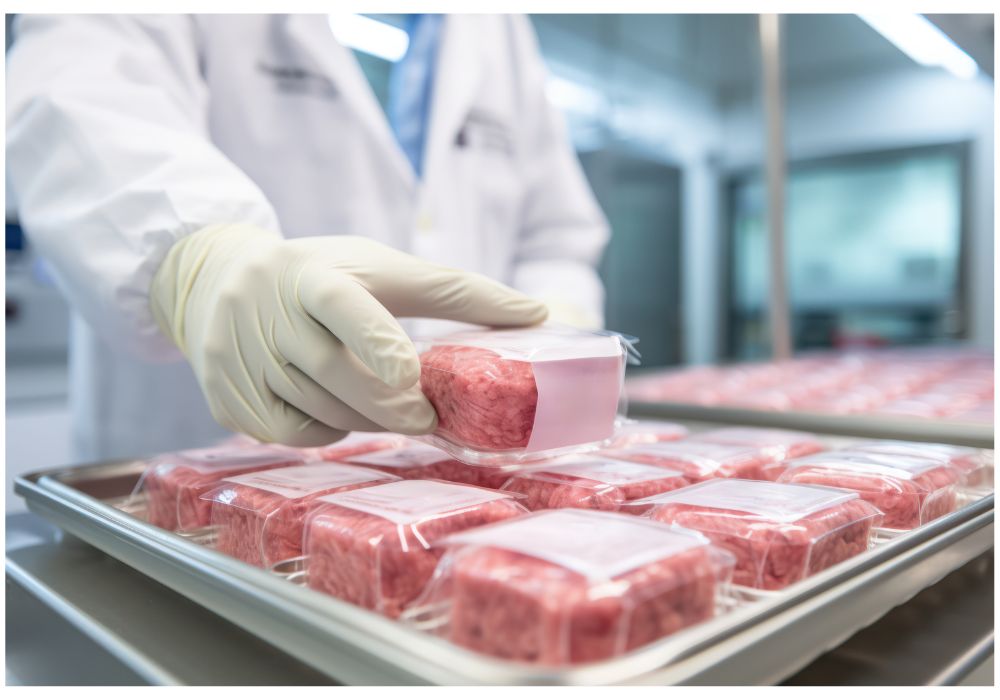
Self-driving cars, also known as autonomous vehicles, incorporate technology that enables them to navigate and operate without human intervention. These vehicles use a combination of sensors, cameras, radar, and artificial intelligence to perceive their surroundings and make real-time decisions. The development of self-driving cars aims to improve road safety, increase transportation efficiency, and reduce human errors that often lead to accidents. While fully autonomous vehicles are still under development and testing, several stages of partial automation have already been integrated into commercial cars. This technology represents a significant shift in how people and goods will be transported in the future, promising substantial changes to mobility, urban planning, and everyday life.
What’s the public’s verdict? Share your thoughts and discuss below!



 Lab-grown meat, also known as cultured meat or in-vitro meat, is a form of animal protein that is cultivated directly from cells in a laboratory setting, rather than harvested from living animals. This innovative technology aims to address various pressing issues such as animal welfare, environmental degradation, and food security. By growing meat from stem cells, scientists hope to significantly reduce the ecological footprint of meat production, minimize the use of antibiotics and hormones, and provide an ethical alternative to traditional meat. As this technology advances, it presents potential for reshaping agricultural practices and food consumption globally.
Lab-grown meat, also known as cultured meat or in-vitro meat, is a form of animal protein that is cultivated directly from cells in a laboratory setting, rather than harvested from living animals. This innovative technology aims to address various pressing issues such as animal welfare, environmental degradation, and food security. By growing meat from stem cells, scientists hope to significantly reduce the ecological footprint of meat production, minimize the use of antibiotics and hormones, and provide an ethical alternative to traditional meat. As this technology advances, it presents potential for reshaping agricultural practices and food consumption globally.